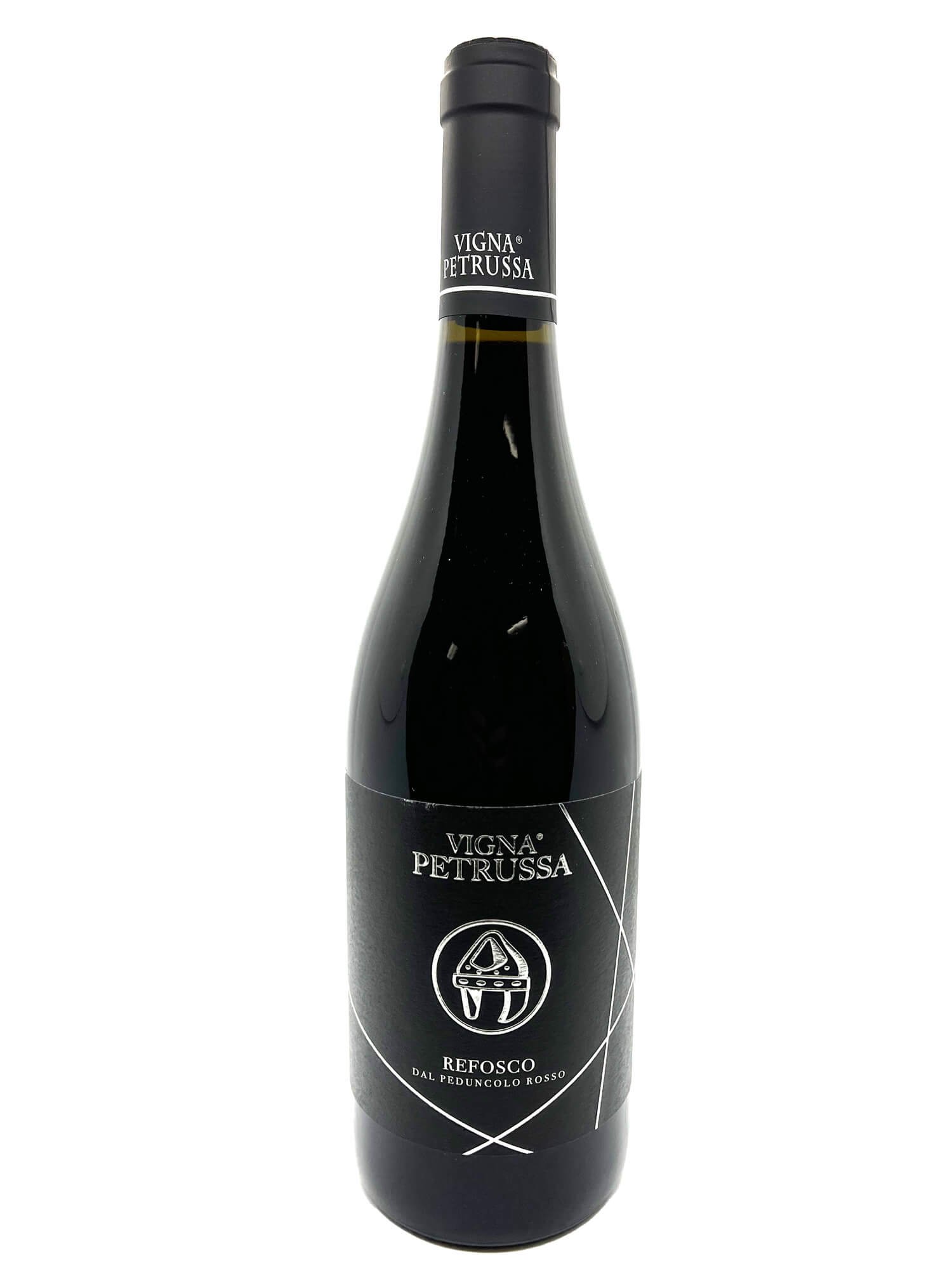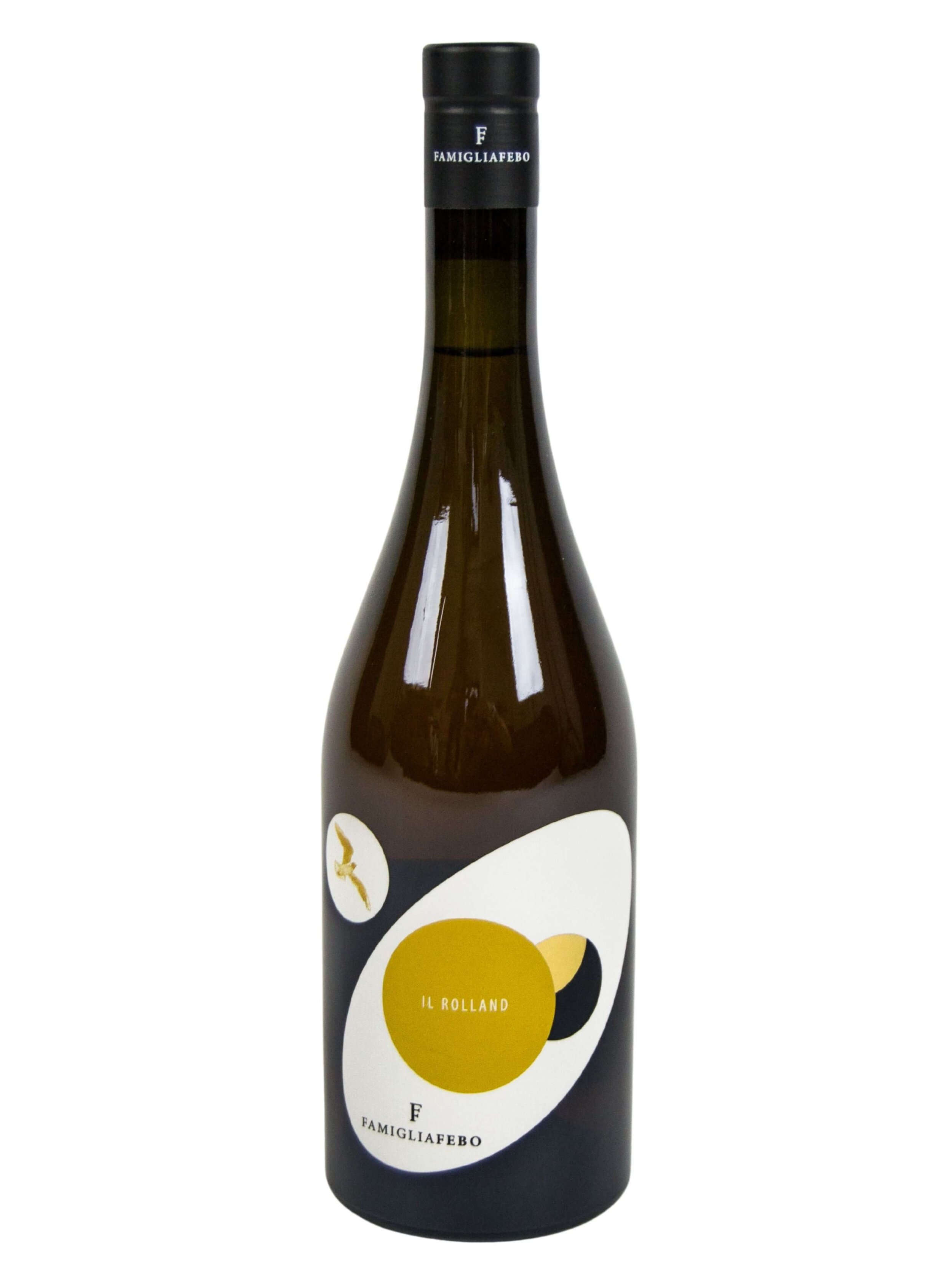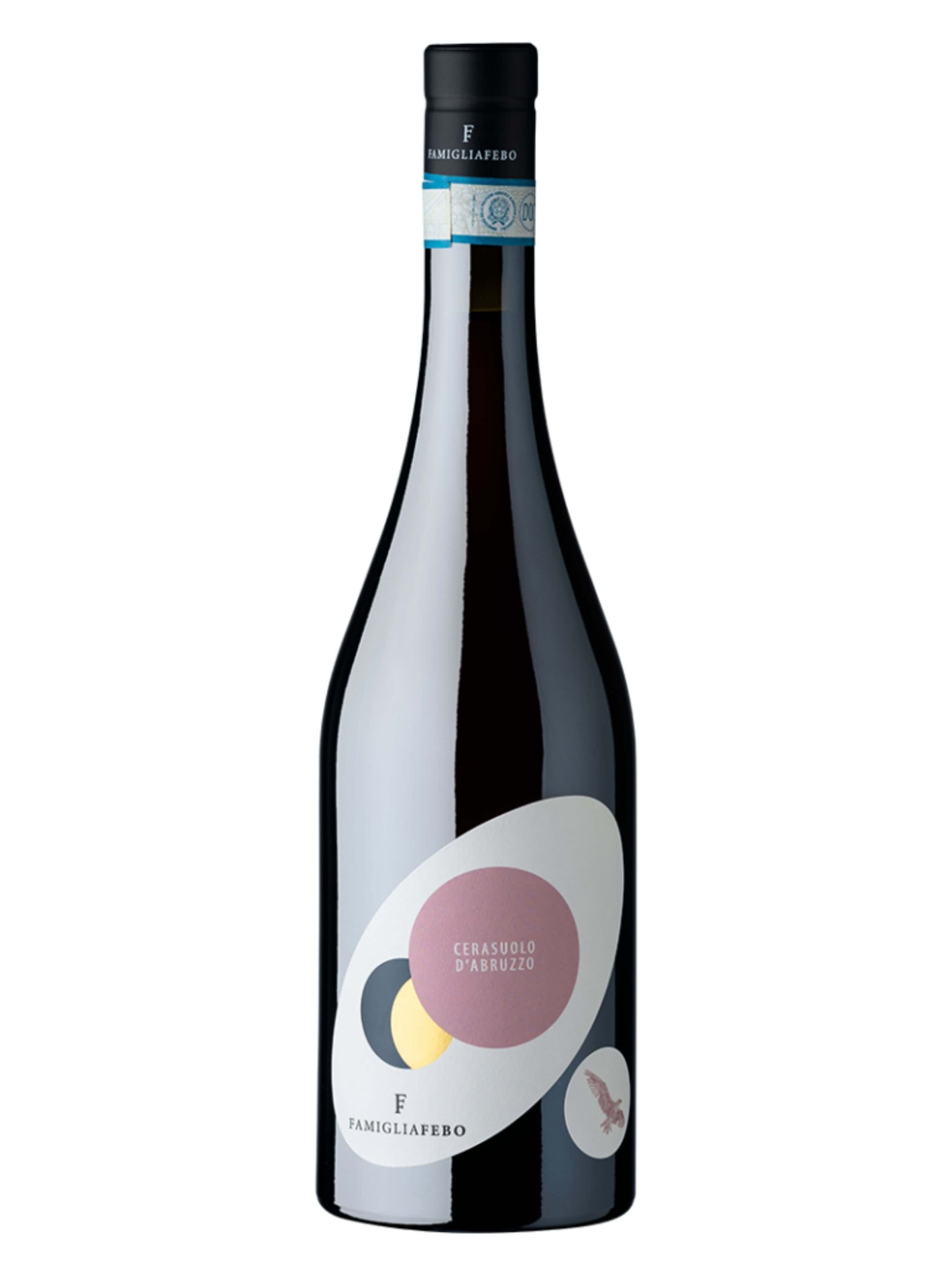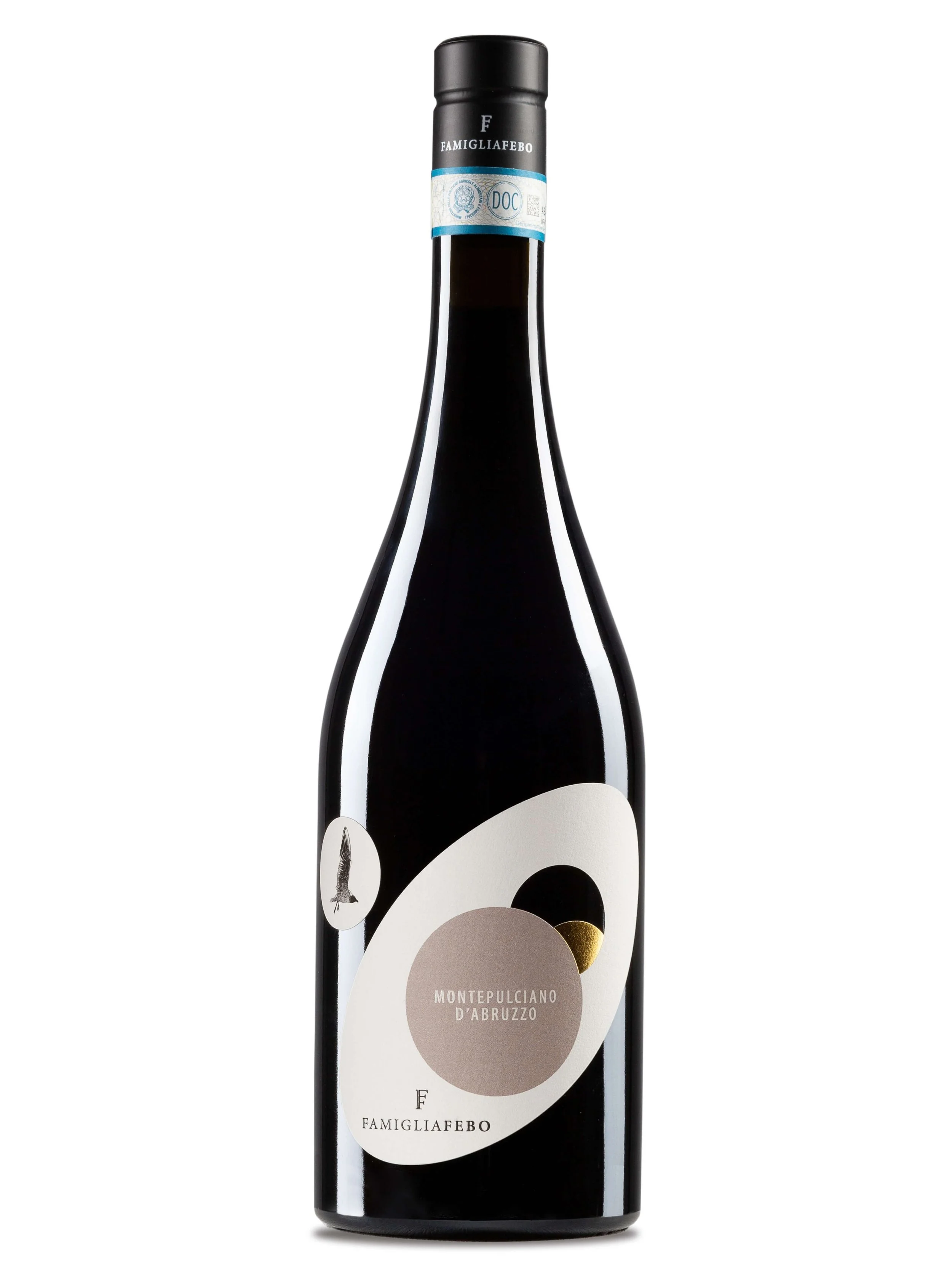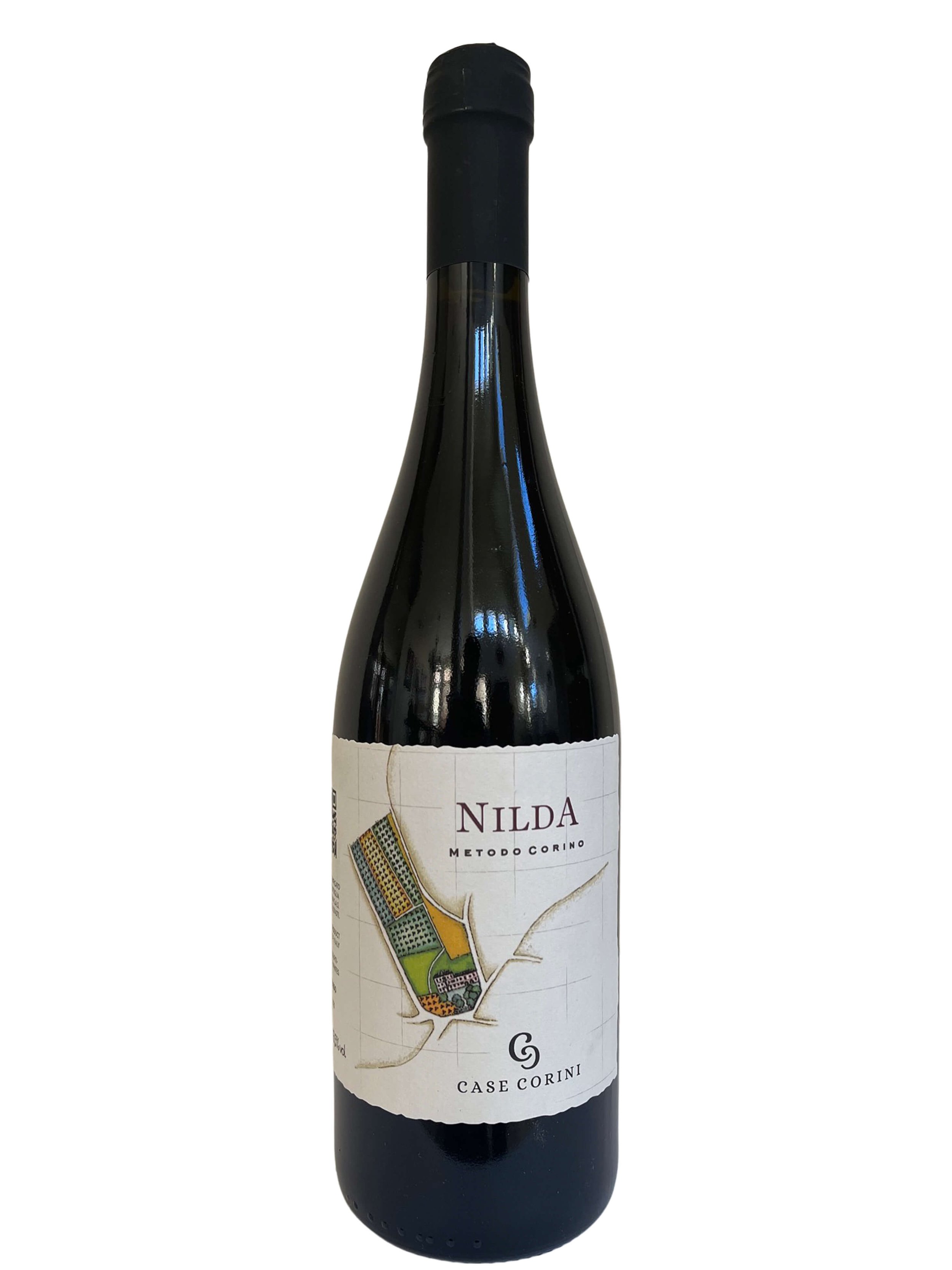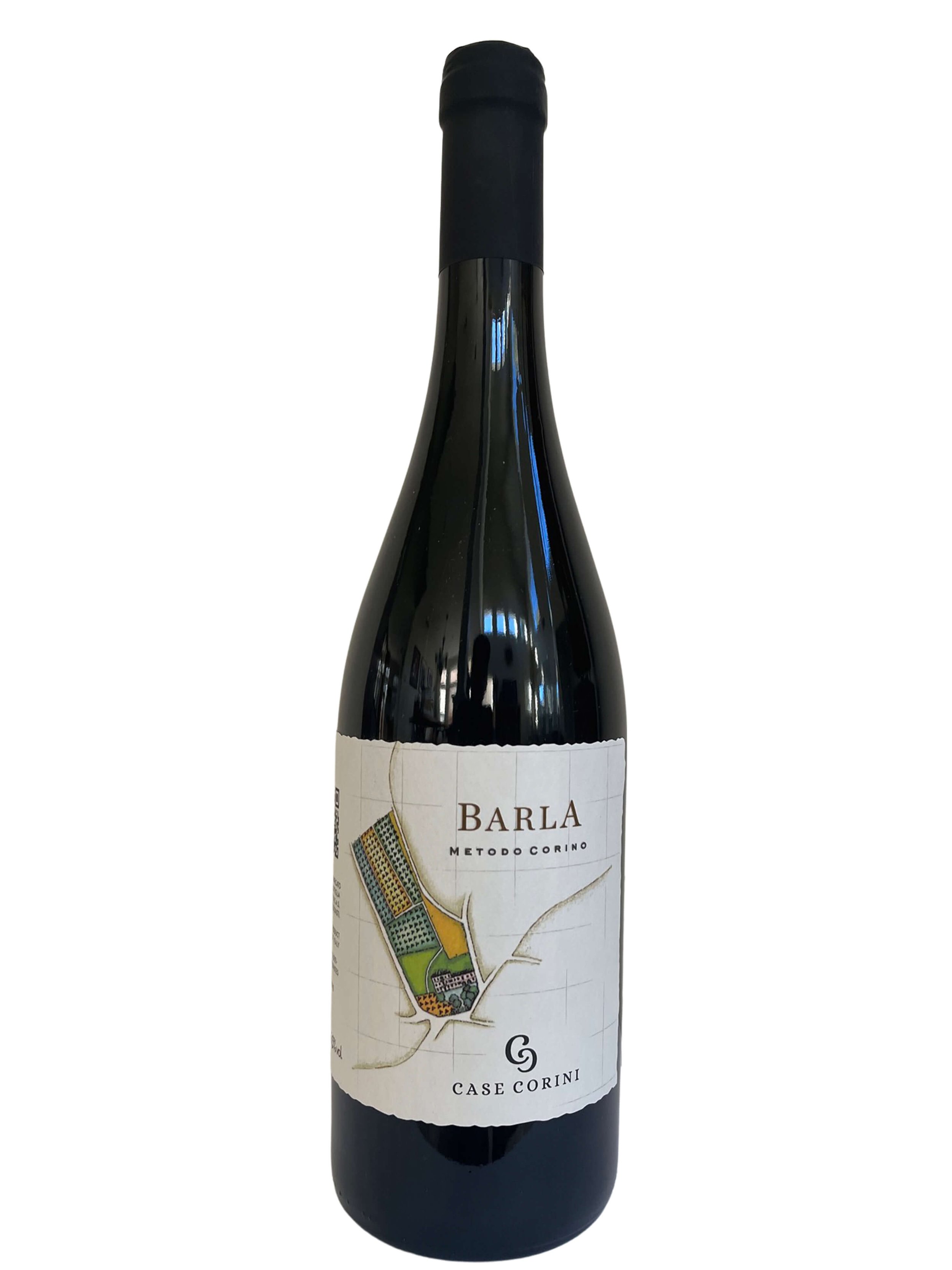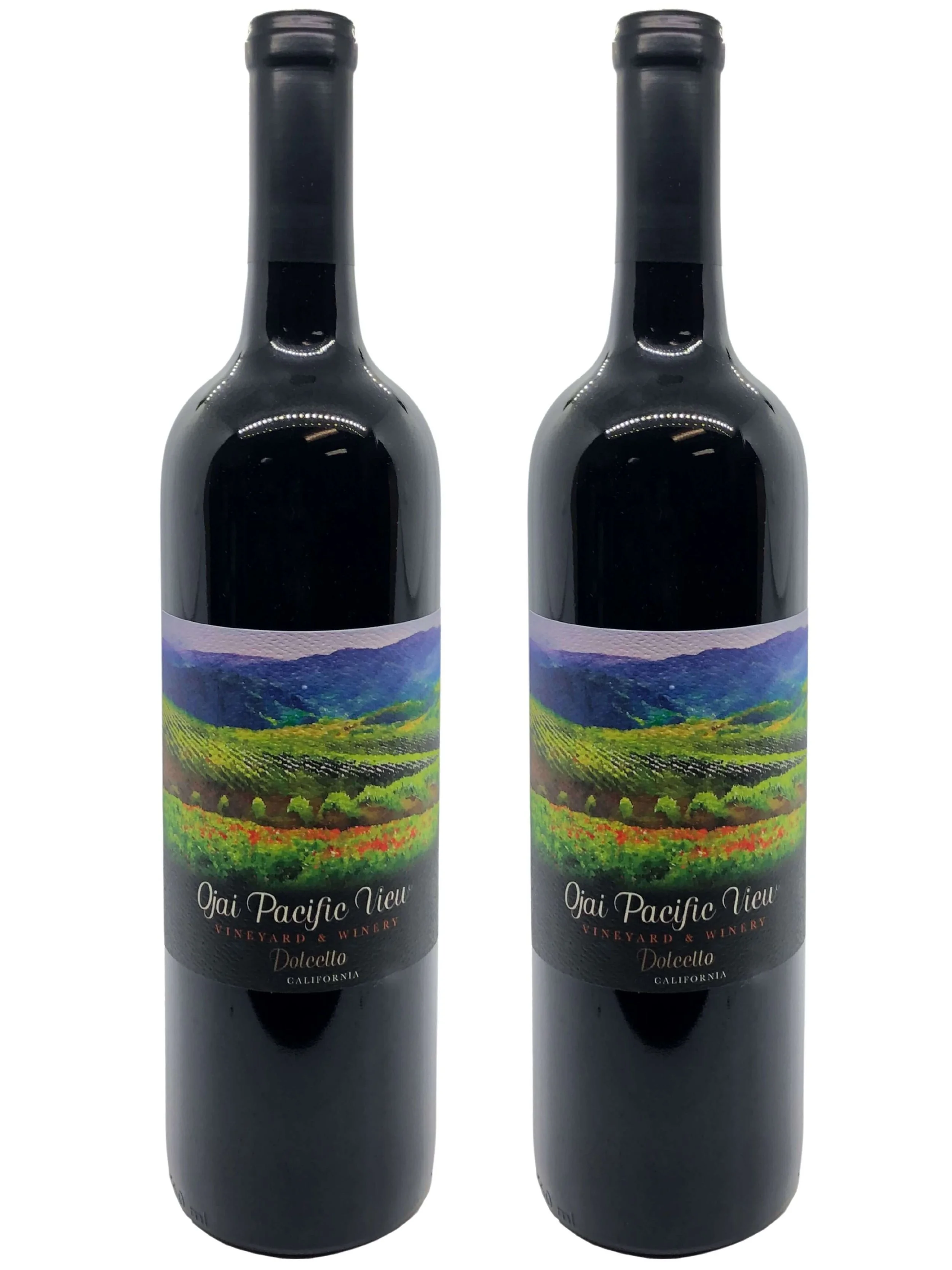Training a Vineyard
The Guyot trained vineyards and vines of Vigna Petrussa in Friuli Venezia Giulia, Italy.
There are fewer sights more beautiful in the world to a wine lover than rows upon rows of neverending vines.
Whether you see:
the neat trimmed and well organized soft hills of the Langhe in Piedmont, Italy,
the steep jagged and crooked dots of places like the vineyards of the Mosel in Germany,
flat and straight vineyard landscape in California,
or the wild and overgrown natural beauty of Maremma,
all over the world the sight of a vineyard excites wine lovers.
Except perhaps for wild vines and natural wine farms, like La Maliosa who “plant” wild vineyards, these rows are purposefully meant to be as such: wine is a product of farming, and, over the years, humans have searched for the “best” way to shape and bend the wild grape vines to their needs.
Whether done through trellising, pruning, training, however you want to look at it, the truth of the matter is there is a myriad of different ways to go about grape plant training, and just as many pros and cons of each methodology. Continuing on our Vine Anatomy 101 series, where we started first from the roots, then dissected each part of the vine, most importantly the grape, in this article we move on to the upper reaches of the vine and look at some of the most common grape vine trellis systems, also known as grape vine training systems.
A Review of Vine Anatomy 101
Ojai Pacific View chose to follow a traditional Cordon Training and Spur Pruning technique.
Before we launch into this discussion of vineyard trellising, let’s quickly go over some basic terminology. We recommend you to read our Vine Anatomy and Rootstock articles first for a more thorough understanding, but as a quick recap we will define briefly the most important concepts here.
Rootstock
The roots of a vine are the underground portion of a grapevine, consisting of the roots and a small part of the trunk coming out of the ground. They serve as the foundation of the vine, absorbing water and nutrients from the soil and ancoring the vine in the soil. Critically, rootstocks and grafting are crucial for combating phylloxera, a devastating pest that nearly wiped out European vineyards in the 19th century.
Trunk or Permanent Wood
The trunk is the vine's main support structure, growing directly from the rootstock. Unlike other parts of the vine, it remains untouched by pruning, hence why sometimes it can also be called “permanent wood.” It thickens over time, creating the characteristic gnarled appearance of older vines.
Cordons and Canes
Branching from the trunk are cordons or canes. Cordons, or arms, are permanent extensions of the trunk, usually growing horizontally. Canes are also referred to as one-year-old wood, either short spurs growing directly from the trunk or cordon or longer sections which are trained along wires. It is from these canes (or spurs) that the green parts of the vine will sprout. It is this part of the vine that will become most pertinent to trellising.
Green Yearly Growth (Shoots, Tendrils, and Leaves)
Green growth of a vine shows itself in early spring, when the vine starts to bud, after which the vine grows leaves like crazy. Technically the green growth of the grapevine, also known as the canopy, also comprises shoots, tendrils, and flowers. Shoots are the main growth, extending from spurs or one-year-old wood left after grape vine pruning. Tendrils aid in vine support, while leaves provide photosynthesis and shade. Flowers on the shoots will develop into grape clusters, the vine's prized fruit used to make our favorite wines.
Vineyard Trellising 101
Trellising is nothing new to a home gardener. Think of the tomato plant, which technically is a vine. It needs support in order to produce prized fruit to the maximum. The grapevine is no different.
In reality, the grape vine is quite invasive, almost a weed-like plant. It grows where it must, and, for wine aficionados the world over, a common trivia fact is that vines love infertile, rocky soils. “Poor”soils like this produce the best grapes in the most adverse of conditions. Think of a grapevine as a glutton for punishment, where we, wine lovers, stand to gain from it.
Historically, vines would grow up trees, using their tendrils to crawl up trunks to incredible heights. Most likely the first wines were made harvesting the grapes from such vines. Of course, as humans settled and began the journey of cultivation, they began to tame the wild vine, both physically and biologically. And, like the wolf that became the poodle, wild grape vines have become the grapes and varieties we know today.
Grape plant pruning and trellising were probably choices made by chance, or for ease of cultivation. After thousands of years of practice and wisdom passed down, winemakers understand the benefits of certain grape vine training techniques, and thus work with certain methods over others. Each has its strengths, and good winemakers know how best to leverage every one.
A head trained vine, also known as tree, bush or alberello, since, as you can see, the vine's trunk looks like a trunk of a tree from which the branches grow.
Head vs Cordon Training
Perhaps the largest point of differentiation in the vineyard trellising discussion is distilled down into 1 choice: cordon trained or head trained. It is from these two buckets that the other methodologies we mention further along in this article will fall. With a head trained vine, the one year wood, i.e., canes, begin directly from the trunk, or “head”. How these canes are then trained can be then turned into alberello (also known as bush, head trained or tree training system), guyot (also known as double guyot) and other grape vine training methods. The important distinction here is that “permanent wood” ends with the trunk.
With cordon training, the permanent wood extends past the trunk, usually horizontally, coming off of the trunk in an L or T formation to give the most classic “grape vine” shape. From this permanent cordon will grow the one year wood canes: it is from those branches which will form the annual shoot and tendril growth.
Spur Pruned
One of the most common pruning methods for cordon trained vines is spur pruning; because it is very versatile, it can also be used on head trained vines. Coming off of the thick cordons, farmers will leave spurs consisting of several inch-long one-year-old wood sections. From these spurs grow our green bits and eventually our juicy grapes. Examples of these vines can be found in Ojai Pacific View’s Dolcetto vineyard in Ojai California.
Guyot and Double Guyot
Guyot is one of the most widespread methods in Europe. In guyot training, a single cane of one year wood is left to grow from the trunk. Also seen in some vineyards, can be a “double guyot” system, where two canes are left. The Guyot pruning and training method imitates cordons or arms, however, it should not to be confused with the permanent wood of a cordon. In fact, if you look carefully, you will see that the one year wood of the guyot method is much smaller than the thicker cordons. This becomes even more obvious and evident with older vines and thicker trunks. Vigna Petrussa, with their vineyards in Italy, in the extreme north of Friuli Venezia Giulia, uses a guyot training system. They choose a single guyot vineyard farming system, instead of double guyot, since they strive for lower yields to increase the quality of their wines.
Bush or Alberello
La Maliosa in Tuscany follows an Alberello style of training, along with several other Vero producers, like Case Corini.
Perhaps one of the most “natural wine” ways a winemaker can train their vines is by using alberello or bush training, also known as head trained and tree. With this method, the vines are left to grow much more in their natural way. The vine grows up as a permanent wood trunk. When it gets taller, it the shape of a tree, or “bush” gets recognized. Then you’ll see multiple arms or canes crawl upwards, sometimes sky high along trellis works, i.e., a lattice like fence. In fact, alberello gets its name from Italian, which is derived from the word for tree, or albero. Wineries such as La Maliosa in Tuscany utilize alberello trained vines..
Pergola Canopy
Perhaps one of the most romantic ways to train vines is in a pergola. Trunks are left to grow high above a winermaker’s head, and the green bits trained across, forming a beautiful tunnel between vineyard rows. Pergola grape vine training systems are the most common in Abruzzo, where you find the Italian winery Febo, and are found in many other parts of Italy, such as in Northern Piedmont where the erbaluce grape is cultivated, making delicious white wines. Pergola is a traditional, “old style” choice of vineyard farming which is having a coming back as it works effectively combatting climate change, thanks to its cooling effect by creating shade. It allows the grape clusters to be hidden from potentially damaging effects of a strong sun.
Why Are These Choices Important?
How does a winemaker choose a particular training system? It is through careful consideration of a few different factors, thinking about which methods best fit each particular case. Of course, there are certain methods that have become “universally accepted”, even though they might not be the absolute best, such as the traditional cordons and spur pruning. As was the case with Ojai Pacific View, Mother Daughter team Patti and Jacqui Mitchell agree, “When we were building the vineyard we looked at everyone around us. They all had cordon trained, spur pruned vines. When we asked them they said ‘do it this way’, and it certainly is the most classic image of a vine, that T shape. So we just followed local wisdom, as starting from scratch we had very little wisdom of our own at the time.”
But local traditions aside, let’s look at some different factors, and why a farmer when considering them might choose or dismiss certain training methods.
The Pergola training vines of Febo in Abruzzo Southern Italy allow the grapes to get shade from the hot sun, along with other benefits.
Climate and Weather
Perhaps the most important consideration is the general climate and weather conditions of a winegrowing region. With hot weather in particular, a winemaker might choose a pergola, to keep the grapes away from the heat soaked earth and provide enough shade to prevent sun burnt grapes. It’s not a surprise then that in Abruzzo, where Febo is, and which can be considered Southern Italy, that pergola training systems are common. Pergolas are also well liked in regions that require good flow of air, which also minimizes the risk of mold and insect damage. In fact, pergola vineyard farming is on the rise, as cited by this article, in part driven by climate change but also it is a more efficient way of managing a vineyard. This helps vineyard workers as well as dealing with shortages on resources to help in the vineyard.
Certain methods like guyot or spur pruning are particularly good for a production method called by wine nerds as “VSP” or vertical shoot positioning. In this method, much like the name suggests, shoots coming off of a guyot cane, or spur, are positioned vertically along trellis lines, growing and reaching upwards, towards the sky. VSP can also helpful for aeration in humid or foggy regions since it allows wind to gently breeze down rows and through vines, keeping the grapes nice and dry, thus free from rot.
Hilde Petrussa of Vigna Petrussa uses exclusively Guyot trained vines because it allows the grapes to get good sunlight; when positioned correctly, the vine branches spread out, allowing for the grapes to be more exposed to the sun. This is also beneficial in an area such as Friuli, in North Eastern Italy, where Vigna Petrussa is located, where there are high diurnal fluctuations, with cool nights and hot days in the summer. Under these conditions, you want the grapes to be well aerated and exposed to sun in order to reach peak ripeness.
In some places where wind is often dangerously strong, winemakers will use protective styles, such as in Greece with “bird’s nest vines” or in the Northern Rhone with individually staked vines.
Ease
One of the reasons why VSP and cordon trained vines have become so popular is thanks to modernization: they facilitate mechanization in vineyards. While this is not a consideration for small wineries, like Vero Producers, we mention it since it might be an important consideration for large wineries. You see, certain training methods, require vastly larger amounts of time to work with, and thus you need trained staff to maintain the vineyards. Meanwhile, with neat rows of VSP vines, it is easy for tractors to run up and down, and easier to find workers with experience working with large production grape vine trellis systems and mechanical harvesting and trimming; these are all things that can vastly reduce the cost and workload of a farmer, but also might diminish quality overall. So, it’s a trade-off.
Quality vs Quantity
Which leads us to our last consideration: quantity vs quality. Of course, while considerations such as weather take precedence, quality or quantity is another decision to make when perhaps two methods are “even” on the “climate scale”.
Certain types of trellising, like Guyot can be extended into double or even 4 times, to allow for maximum production, you are also pushing the vine to produce the largest possible quantity of grapes. Doing this will lower overall quality and concentration of flavors, structure and aromas which make a wine great.
Considerations like this is why small, regenerative farming wineries like La Maliosa with their patented Metodo Corino, as well Corino family natural wine estate, Case Corini, work with higher labor alberello vines: it stops the chance of mechanization and over production, and allows them to better care for individual vines, crafting each one as needed.
Taste the Vineyard
Is there a difference in the wine from different trellising methods? Ready to experiment and find out? With wild and scarce Vero wines, our producers carefully farm and craft each wine with passion. If there was ever a way to taste the vineyard and their hard work, it is through opening a bottle of wine from a Vero producer.
We exist to allow all Americans, across the US, from businesses to consumers, to experience the pleasure of a farm to glass wine, and a really good olive oil too. How can you get your hands on the hidden gems we forage for?
If you are a distributor reach out to us introduce our highly curated portfolio of one of a kind small production wines to your state.
We sell to wine stores and restaurants in certain states - contact us to learn more.
If our farm crafted natural wines and olive oils are not in your local shop or restaurant, buy wine online here, and we’ll ship it to you, including wine gifts.
We also have an award winning wine club for true wine explorers that are seeking to continually discover unique, sustainable and authentic small production wines they never had. These are wines selected by our sommeliers and curated for each box.
We do corporate gifts and sommelier guided wine tastings. Email us and we’ll tailor unique and sustainable corporate gift ideas.






